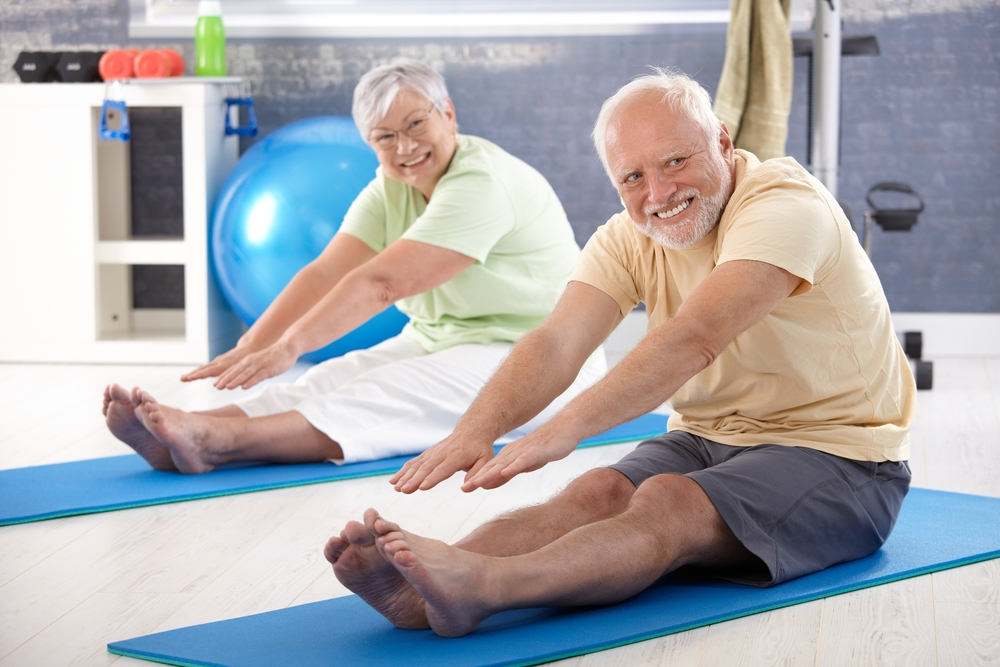Exercise – Just What the Doctor Ordered
Typically, as we get older, we face increased health issues. One of the most significant risks to health is falling. Some reasons for falling are out of our control, such as age, gender, history of previous falls and chronic illness. Other reasons, however, we can control, such as weakness, ensuring visual deficits are addressed and making home modifications for safety. Today, let’s focus on reducing weakness and gaining strength.
We’ve all been told to exercise more. If you’re like me, it’s hard to get started, especially if you haven’t exercised for a long time. However, the knowledge that exercise has been proven to decrease the risk for falls gets me moving out the door. Exercise is very similar to prescription medication. It requires specific dosing and frequencies for optimal benefits. Like most prescriptions, there are also well-known side effects, including improved overall physical and mental health. And just like any other prescription, you start off with a visit to your physician. You want to make sure there are no underlying health issues that may impact your ability to exercise. During your visit, have your doctor review all your medications. If you are on four or more medications, know that the combination of those four medications may increase your risk of falling.
Congratulations! You’re now ready to start your exercise journey. I highly recommend going to a physical therapist who can prescribe an exercise program tailored to your specific needs. Good goals from a therapy perspective should include improvement on some standard tests such as the Timed Up and Go (TUG). The TUG is a very simple test that predicts your risk of falling. The therapist starts timing on the word “GO.” You then walk 10 feet, turn around and walk back. Timing stops when you are seated with your back resting on the back of the chair.
What do your results mean?
≤ 10 seconds = normal
≤ 20 seconds = good mobility, can go out alone, mobile without gait aid
≤ 30 seconds = problems, cannot go outside alone, requires gait aid
A score of ≥ 14 seconds has been shown to indicate a high risk of falls.
Other goals will focus on any other deficit found during your evaluation. Most likely they will look to improve your overall strength and endurance.
Joining an exercise class is a great next step after graduating from physical therapy. Most senior centers and gyms have age-specific classes, and many gyms offer discounted membership for seniors. Exercise is much more fun with new friends!
Rebecca Bonawitz BS, MS, MBA, DPT is a physical therapist with over 25 years of experience as a clinician and more than 20 years focused on the geriatric population. Dr. Bonawitz is a graduate of the University of Vermont where she earned her B.S. in Physical Therapy. She earned an M.S. in Applied Anatomy and Physiology at Boston University, an MBA from Villanova and her Doctor of Physical Therapy from Arcadia University.
Podsiadlo D,Richardson S. The Timed “Up & Go”: A Test of Basic Functional Mobility for Frail Elderly Persons. Journal of American Geriatrics Society 1991; 39(2): 142148


